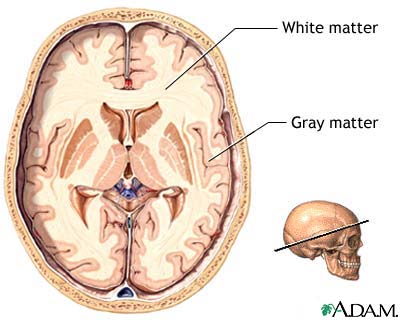 Close-up of the Einstein Cross, as observed with the SINFONI instrument on ESO's Very Large Telescope. SINFONI makes use of the adaptive optics technique and so, allows astronomers to overcome the blurring effect of the atmosphere, thereby providing very sharp images. The central blob is the nucleus of the lensing galaxy, surrounded by the four mirage images of the distant quasar. (Credit: ESO/F. Courbin et al)
Close-up of the Einstein Cross, as observed with the SINFONI instrument on ESO's Very Large Telescope. SINFONI makes use of the adaptive optics technique and so, allows astronomers to overcome the blurring effect of the atmosphere, thereby providing very sharp images. The central blob is the nucleus of the lensing galaxy, surrounded by the four mirage images of the distant quasar. (Credit: ESO/F. Courbin et al)From Science Daily:
ScienceDaily (Dec. 13, 2008) — Combining a double natural "magnifying glass" with the power of ESO's Very Large Telescope, astronomers have scrutinised the inner parts of the disc around a supermassive black hole 10 billion light-years away. They were able to study the disc with a level of detail a thousand times better than that of the best telescopes in the world, providing the first observational confirmation of the prevalent theoretical models of such discs.
The team of astronomers from Europe and the US studied the "Einstein Cross", a famous cosmic mirage. This cross-shaped configuration consists of four images of a single very distant source. The multiple images are a result of gravitational lensing by a foreground galaxy, an effect that was predicted by Albert Einstein as a consequence of his theory of general relativity. The light source in the Einstein Cross is a quasar approximately ten billion light-years away, whereas the foreground lensing galaxy is ten times closer. The light from the quasar is bent in its path and magnified by the gravitational field of the lensing galaxy.
Read more ....


















